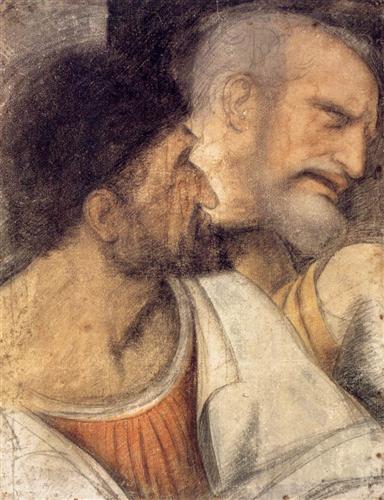 |
| Christ's Entry into Jerusalem -- Morgner |
Liturgy of the Passion
In line with modern practice, the Sunday universally known
as Palm Sunday now has two names. Strictly, it is called ‘The Sunday of the
Passion: Palm Sunday’. This is because, uniquely, there are two Gospel readings
on one day. The first – in the Liturgy of the Palms – recounts Jesus
‘triumphal’ entry into Jerusalem, that bright moment when children waving palm
branches led him – fleetingly -- to be hailed as king. The second, which can be longer or shorter, is usually read or sung by several voices. It recounts the dark sequence of
events that followed Christ's fleeting 'triumph' – first betrayal, then abandonment, intense physical pain followed by humiliation, and finally death. Holy Week is framed by this narrative. It is taken from
Matthew, Mark or Luke (this year is Mark), and then repeated on Good Friday
(invariably John’s version nowadays). The days in between Palm Sunday and Good Friday are set aside for sustained
meditation on the meaning of Christ’s passion. They provide an opportunity to understand the full significance of the Resurrection that is to come.
 |
| The Mocking of Christ -- Terbrugghen |
 |
| Leonardo Da Vinci -- Judas and Peter |
Astride the colt and claimed as King
that Sunday morning in the spring,
He passed a thornbush flowering red
that one would plait to crown his head.
He passed a vineyard where the wine
was grown for one of royal line,
and where the dregs were also brewed
into a gall for Calvary’s rood.
A purple robe was cast his way,
then caught, and kept until that day
when, with its use, a trial would be
profaned into a mockery.
His entourage was forced to wait
to let a timber through the gate,
a shaft that all there might have known
would be an altar and a throne.
Marie J Post
(American hymn writer 1919-1990)
No comments:
Post a Comment